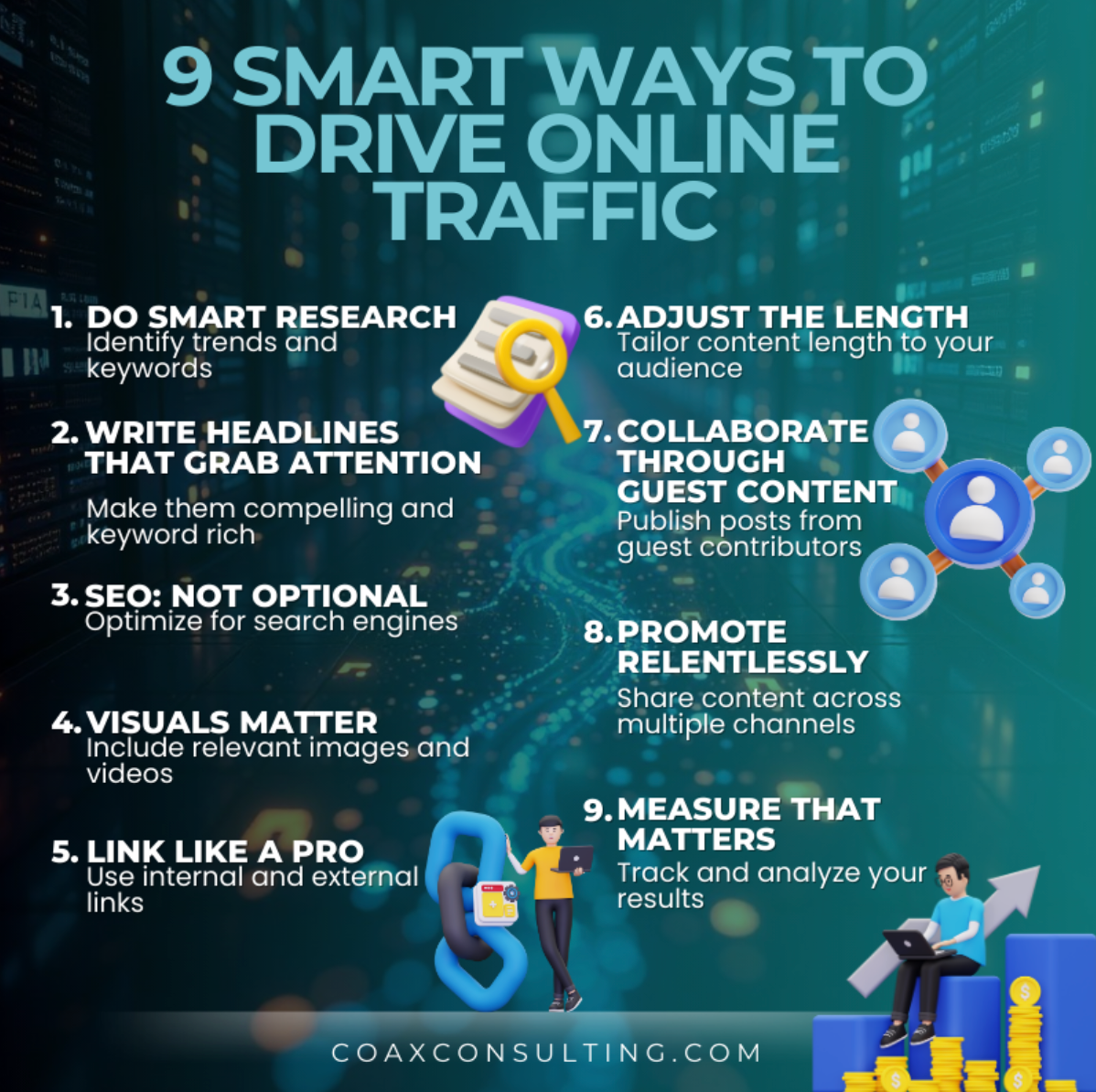Optimize Your Content for Voice Search and the AI News Wire
We’re here to help you turn trends into traction. Let’s talk voice, AI, and the next evolution of your brand content. This isn’t about chasing trends. It’s about creating content that works where it counts—on screens, searches, and smart speakers.

Why Your Content Strategy Needs to Be Heard—Literally
"Hey Siri, what’s the best way to ensure my content is found?"
If your content strategy can’t answer that question—out loud—it’s time for a serious upgrade.
We’re living in a moment where the way people find content is evolving just as fast as the content itself. Voice search and AI-driven news distribution are no longer futuristic but foundational. And if you're not optimizing your content for how people speak and how machines learn, you're already a few steps behind.
Let’s break down how to optimize your content for voice search and the AI news wire—with practical tips, eye-opening examples, and a fresh take on how to future-proof your message.
What Is Voice Search Optimization?
Voice search is exactly what it sounds like: users speaking their questions instead of typing them. Think Siri, Alexa, and Google Assistant. But here's the twist: people don't talk like they type.
They don’t say, "best plumber Phoenix."
They say, "Hey Google, who’s the best plumber near me that offers 24-hour service?"
So your content has to sound less like code and more like conversation.
Voice Search Optimization: The Essentials
If your content can answer a question clearly, naturally, and immediately, you're voice-ready. Here are the core principles, with examples you can use.
- Focus on Natural Language
Imagine you’re trying to find tips to improve your digital marketing strategy for next year. You wouldn’t say to your phone, “digital marketing strategies 2025 best tips.” That’s SEO from a decade ago.
You’d more likely say, “What are the best digital marketing strategies for 2025?”
This is how people talk; if your content doesn’t reflect that, it won’t appear in voice results.
2. Structure for Snippet-Worthy Content
Let’s say someone’s wondering how to optimize their website for voice search. They tap on your blog and are greeted by a five-paragraph intro about the history of the internet. By the time they get to the helpful part, they’ve bounced.
Now imagine they land on your article and see this:
Q: How do I make my website voice search-friendly?
A: Use natural phrases in your headers, answer questions directly, and structure your content so Google can feature it in a snippet.
One wins attention. The other gets ignored.

3. Prioritize Local SEO
Say you run an accounting firm in Arizona. Your website proudly says, “We provide accounting services in Arizona.” Sounds professional—but not helpful when someone nearby asks:
“Where can I find a certified accountant near me in Scottsdale?”
The second version mirrors how people search, especially on the go. If you want to show up in local voice results, you need to speak their language, in their neighborhood.
What Is the AI News Wire—and Why Should You Care?
Like traditional news wires distribute press releases to media outlets, AI-powered platforms scan, sort, and surface your content to digital publishers and engines.
It won't get picked up if your content doesn’t make sense to a machine.
Optimizing for the AI News Wire: How It Works
AI platforms love clarity, structure, and relevance. Here’s what that means for you:
1. Start with Strong Metadata
Let’s say you’ve written a great blog post, but you title it generic like “Trends You Should Know About”. Sounds internal and vague, right?
Reimagine that title: “Top 5 Voice Search Trends to Watch in 2025.”
This version immediately tells AI and human readers what it’s about, making it far more likely to be indexed, ranked, and redistributed. Specificity equals visibility.
2. Think Like a Journalist (With AI in Mind)
Picture two headlines:
- “We’ve been thinking about where digital content is headed…”
- “Why Most Content Fails in Voice Search—and How to Fix It Fast.”
The first sounds reflective, while the second sounds urgent and solution-driven. Guess which one AI curators are more likely to pursue?
Lead with value. Headlines should feel like answers, not open-ended thoughts.
3. Use AI-Friendly Formatting
Imagine reading two versions of the same article. One is a dense wall of text. The other breaks down the same points with headers, short paragraphs, and bullet lists.
Visualize that you are not a person but an algorithm scanning 500 articles in a minute. Which article gets chosen? The one that is easy to parse.
Write with structure. Use subheadings like "Why It Matters," numbered steps, and pull-out bullet points. The easier it is to skim, the more likely it is to be surfaced.

How These Two Work Together
Here’s the magic sauce: Voice search and AI news optimization reward clarity, relevance, and conversational content. When you nail one, you’re often halfway to nailing the other.
A customer asks Siri a question.
- Your blog pops up as the top result.
- That blog is then syndicated to an AI-curated news platform.
- That's not just visibility. That’s reach. On autopilot.
It's Not Just About Search—It’s About Being Found
This isn’t about chasing trends. It’s about creating content that works where it counts—on screens, searches, and smart speakers.
When you write for voice and AI, you make your message heard and amplified.
That’s how a real connection starts. That’s the Coax way.
Ready to Amplify Your Content Strategy?
We’re here to help you turn trends into traction. Let’s talk voice, AI, and the next evolution of your brand content.
Visit coaxconsulting.com to schedule a no-obligation, 1-1 consultation.




